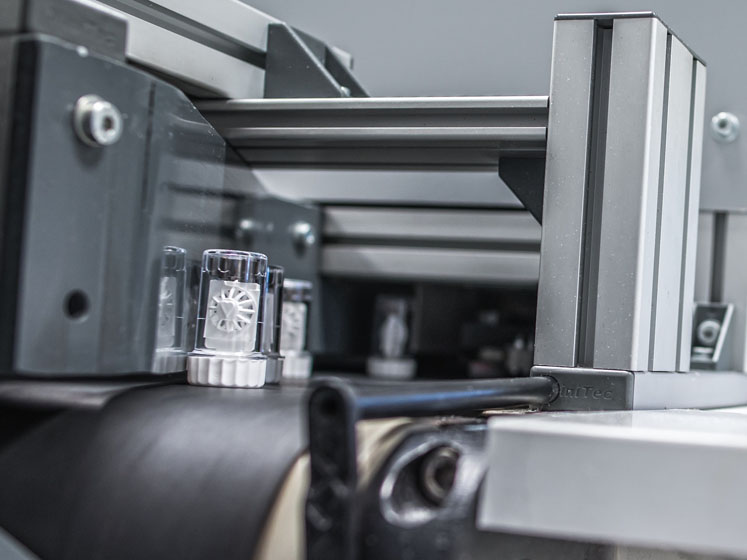Nigel Flowers, Managing Director at Sumitomo (SHI) Demag UK, explains how validations can help to derisk projects, avoid costly product recalls and cosmetic product defects.
The validation rules, amended in 2015 by the European Commission, continue to apply today. From a UK perspective, it is highly likely that these EU standards will continue to be accepted until UK standards have been developed. CE marking is a case in point and will be accepted for the foreseeable future.
Governed by EudraLex Good Manufacturing Practice (GMP) Volume 4, the latest version of Annex 15 - Qualification and Validation - requires manufacturers to ensure that “critical aspects” of their operation are validated throughout the product lifecycle. This includes any changes that could impact a product’s quality.
Closely mirroring the FDA’s lifecycle approach, Annex 15 also places a greater emphasis on risk management to reflect today’s manufacturing and regulatory environment.
For any manufacturer of pharmaceutical components, zero defects remain the target. In the medical industry, there’s no wiggle room. You can’t shift the parameters to suit. Those producing a medical device or a sterile implant, nothing less than 100% quality is acceptable.
More than good business practice
From a moulder’s perspective, validations can address profit-driven challenges and design out production weaknesses. Functional tests can help operatives better understand what drives the machine, how fast it goes and the consequences if manufacturing procedures are not correctly followed.
There are three key phases to process validation, categorised as Process Design, Process Qualification, and Continued Process Verification. These reflect the focus on the manufacturing lifecycle and the need to provide scientifically sound data to verify that the injection moulding processes start and continue to remain stable. Every stage of each injection moulding cycle must be documented.
The Process Design stage starts by examining if the machinery is of an appropriate size in relation to shot size and tonnage. It also checks that equipment is properly calibrated.

During Process Qualification, the range of process parameters is then established. This involves conducting a selection of statistical and dimensional studies to identify and investigate any deviations in the process. A process is not considered as validated if the variations have negatively impacted the finished product in any way.
The final validation phase - Continued Process Verification - focuses on demonstrating that the process is consistently stable. It involves simulating different production runs using the same production equipment and the processes routinely performed, ensuring repeatability of the set-up conditions throughout the machine’s full lifecycle.
In accordance with ISO 13485 standards, ongoing documentation of the injection moulding process needs to be maintained. This is a continuous process.
When machine settings are adjusted to compensate for changes in the environment or to address moulding issues, such as pulling, distortion or aesthetic defects, it will trigger a revalidation exercise. So too would major repairs, changes or improvements to the mould tool and machine. The cost and time implications each time a moulder repeats this validation process can be extensive.
Although not a prerequisite for all sectors, validation is essential within the pharmaceutical industry and is a good business practice for a large number of mass manufacturers of injection moulded medical components. Think of it as a long-term investment.
Essentially, it’s a risk assessment which, when executed professionally, can deliver efficiency gains and save your business time, money and resources by ensuring product integrity and reducing scrap volumes.
Who performs mould tool validations?
Usually conducted by an engineer, the actual validation usually takes longer than actually building the tool itself. For this reason, the validation is often partially completed at the toolmakers’ facility by a senior engineer from the company.
The key reason for this is issues can be addressed on site, rather than shipping a heavy tool back and forth. The final phases of the validation will be completed in-house on the specified equipment.
It can also be beneficial for injection moulders considering new machinery to test moulding tools in a simulated application centre.
Sumitomo (SHI) Demag has facilities in England, Germany and recently opened a new medical test cell in a new Research & Development hub in Ireland.
“Seeing how an application performs in realistic process conditions not only helps moulders to make a more informed investment decision, it can also help to derisk and speed up the delivery of projects,” ends Nigel.




